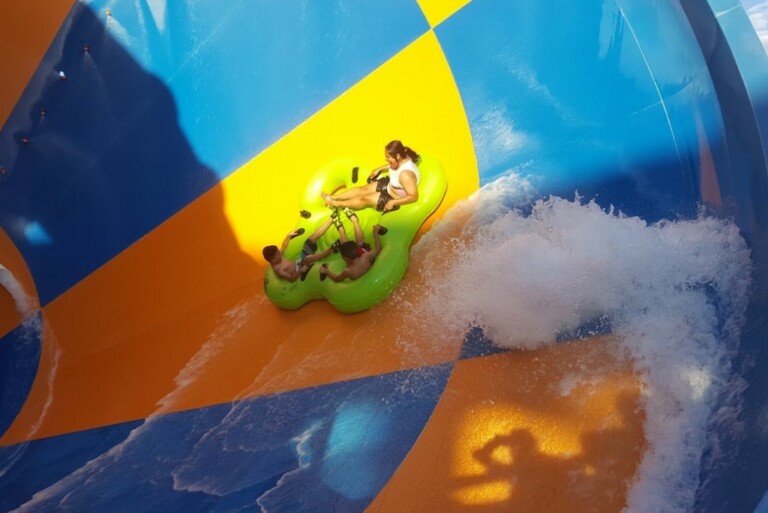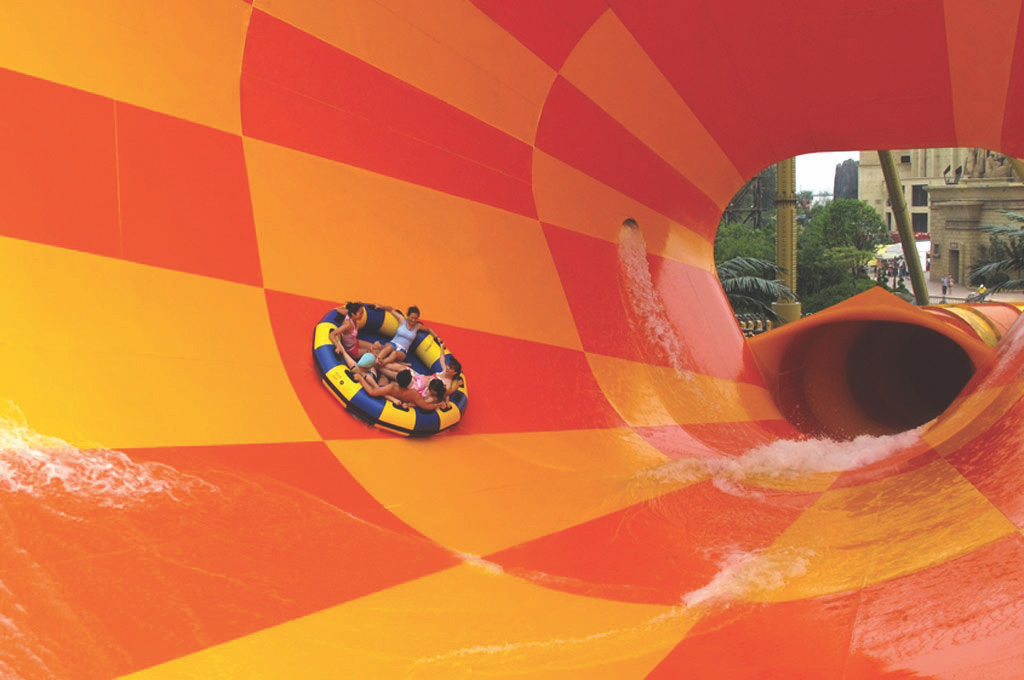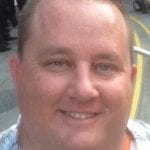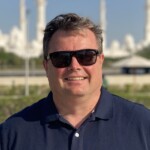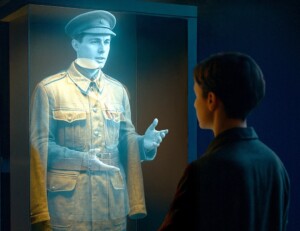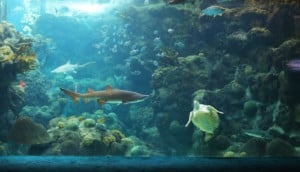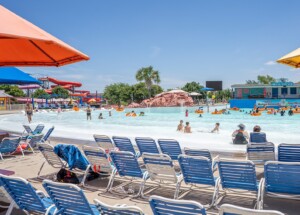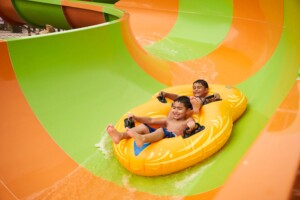Cloward H2O, an expert in aquatic design, has outlined some design considerations and data to help shed some light on the question: how do large water rides work?
“Firstly, we need to understand that there are two different mechanical systems at work on the water, the feature system and the treatment system,” explains Brad Clawson, a project manager at Cloward H2O.
The feature system
Large water slides, like the one pictured above, have several different pump inlets where water is introduced into the flume. The first is at the top of the ride, and then additional water is added to either increase or decrease speed along the ride. Sometimes water is also added to send riders uphill
For a large multi-person raft ride with uphill and bowl portions, there are likely to be around five separate feature pumps, requiring around 200 kilowatts (kW) of power and moving around 7,500 gallons per minute (gpm).
At the end of the ride, there is a catch or plunge pool, for instance around 30,000 gallons, and there is also often an additional balance or collection tank, for instance around 8,000 gallons. This is hydraulically balanced with the pool to handle additional surge water needed in order for the slide to function properly.
The treatment system
The treatment system, which will need to be designed according to local codes, requires an additional 20 kW power demand, approximately, with the treatment pump servicing the filters and other water treatment components operating at around 700 gpm.
While making sure the waterslide functions properly with the appropriate flow rates, it is also important for waterpark operators to consider effective water quality control.
“Effective water quality control relies on the implementation of multiple methods as barriers to contamination,” says Clawson. “As technology and understanding improve, these methods increase the ability of engineers to design effective systems and operators to run them efficiently. Available technologies should be evaluated for suitability in each application.
“Though many alternative methods and products are available, the primary approach for water treatment should follow well-established parameters and standards.”
The four basic components of water quality management systems
There are four basic components of any active water quality management system, and these must all must work together to achieve consistent water clarity and maintain microbial control.
Circulation
Though local adaptation may be required; treatment circulation is sized with a flow rate such that a “turnover rate” sufficient to interrupt microbial life cycles and provide continuous monitoring is achieved.
“Circulation must ensure that water contained in the water body is well mixed and distributed, thus subjected to treatment. Typical turnover rates for slide plunge pools are 1 hour.”
Filtration
Filtration technology employed must be effective in removing suspended particulate material and debris from the water. Clarity standards are achieved by ensuring that water is circulated and that particles larger than the visual acuity threshold are removed. The bottom of the water body should be clearly visible from above.
“Maintaining water clarity better than 0.5 NTU or visibility of a 150mm Secchi disk in the deepest portion of the water is recommended,” says Clawson. “Regardless of other considerations, filtration is the key component not only for clarity but to reduce favourable living conditions for micro-organisms.”
Oxidation & Sanitation
Oxidation is the process of chemically reacting with dissolved contaminants for the purpose of destroying or converting them to a filterable state so that they are removed. Sanitation is the process of destroying microorganisms in the water.
“An excellent solution that can provide both sanitation and oxidation is ozone,” explains Clawson. “Return water is further dosed with a low-level residual of chlorine to further inhibit microbial growth in the main body of water. Providing a residual chlorine level in the water is required by health departments.”
The role of aquatic designers and engineers
“If numbers like 220 kW and 8,200 gpm are surprising, then getting aquatic designers and engineers on board early in the process will be helpful in making sure reality is kept in check during the design process,” adds Clawson. “Engineers are here to help protect the health, safety, and welfare of the public, especially at waterparks.
“But, engineers are also here to help make sure waterslides function properly, and that’s why doing what we do is not only work, but it’s fun.”
Earlier this month, Cloward H2O also shared some key information for those looking to choose the right water feature control system for their latest project.
